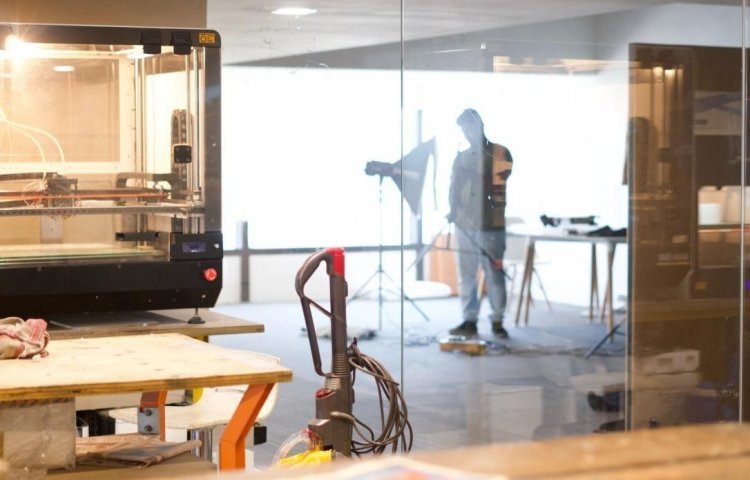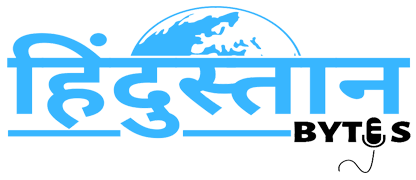Future of Product Design

As terrifying as it might sound, the nature of product designing is changing fiercely. With humongous consumer expectations, the latest technologies, and creative innovations entering the industry every other day, the future of product design is indeed a topic to ponder upon.
What is product design?
In layman language, product designing is all about considering real-life problems and thinking of every possible and timely solution to create usable innovations and satisfactory consumer experiences.
But, that’s not all. Product designing goes beyond its basic definition and combines skill sets like User Experience design and user research to build a complete product, starting from a thought to the end-user.
The history of product design
Product design was earlier based only on human creativity and experience. Back then, technology had a minimal role to play. However, now, the latest and continuous technological innovations have completely transformed the face of the product design industry.
These days, natural language processing (NLP) and knowledge graph-driven techniques are highly recommended and used. These methodologies help in getting accurate customer feedback, other essential data, which is highly crucial for the product design process. Other technologies like AR, VR, IoT, and AI, to name a few, are undoubtedly paving the way to a successful future of product design.
Why is the product design industry changing?
The need for the product design studios in India to undergo constant changes is solely because of the consumers looking out for more sophisticated customizations in the 21st Century. The fragmented supply chains need alternative materials and components. This is exerting growing pressure on the manufacturers to optimize flexibility and, at the same time, minimize wastage.
Earlier, the end products were looked upon as invariable objects. Unfortunately, that is not the truth anymore. In reality, the end product continues to evolve and grow even after it reaches the end-user, that is, the customer’s hands. Product design studios like Future Factory ensure to develop their products in a manner that can modify in the constantly changing environment.
How is technology impacting product design?
Technologies such as Augmented Reality (AR) and Virtual Reality (VR) make the designer’s lives less cumbersome by visualizing physical products at a much earlier stage. This technology allows consumers to indulge in creative processes and better envision concepts and designs. Not only that, but the designers may also use a variety of modelling and analytic systems to analyze future designs efficiently. Thanks to the new technologies, future products can be more complicated now.
What to expect from the product design industry?
While talking about the advanced digital world, the future of the product design industry is quite promising. Product design is being transformed by the compelling interaction between the inventive use of new technology and creative, collaborative methodologies. As an outcome, the product design business has become more vibrant, allowing it to revolve in new and novel ways. Since 2014, the worldwide design industry has grown at a rate of 11.6 per cent per year. It is predicted that the growth will accelerate to 13 per cent by 2022. According to the rising design industry, the Future Factory product designs will certainly assist in achieving company goals by offering attractive products.
Conclusion
Owing to frequent changes and updates, no one can predict what the future of the product design industry will look like.
Technology is pushing boundaries to make the future of design an actuality. It adds innovative features, intelligent tools, consumer insights, greater accuracy, and speed to the product design process and allows for reduced production cost with high mechanization. Product design has a considerable amount of potential, and technology is assisting by making it simpler and making it more accessible while allowing for easy modification.















